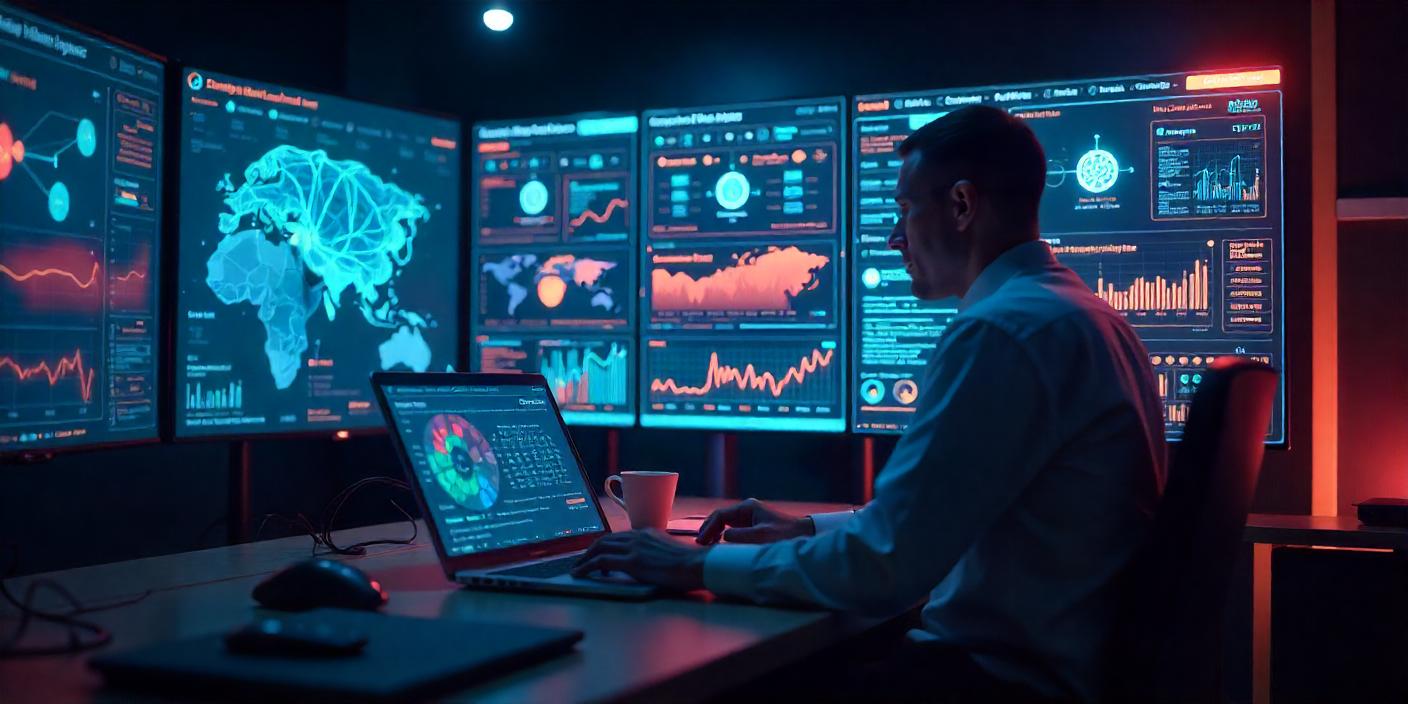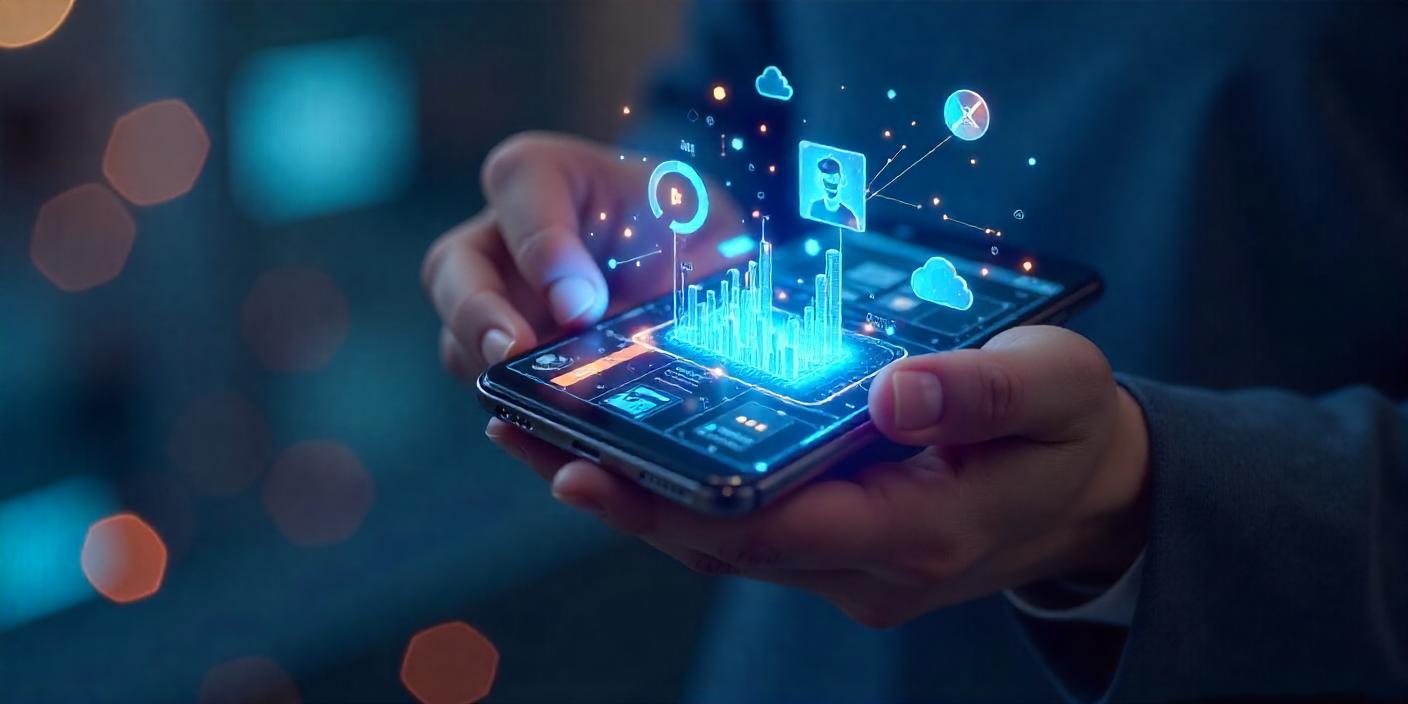In an era where digital interaction is defined by convenience, speed, and personalization, QR codes have made a powerful resurgence. Once thought of as a fading relic from the early 2010s, QR codes have evolved—especially with the integration of Artificial Intelligence (AI)—into dynamic, intelligent gateways between the physical and digital worlds. From healthcare to e-commerce, from payments to event management, AI-enhanced QR codes are redefining what it means to scan, connect, and engage.
🚀 The Rise, Fall, and Rebirth of QR Codes
Quick Response (QR) codes were first developed in 1994 by the Japanese company Denso Wave. Designed to store information and be scanned quickly by a reader, they initially found popularity in manufacturing and logistics.
However, consumer adoption was slow due to:
- Poor camera support
- Lack of standard scanning apps
- Clunky user experience
Then came the smartphone era, high-speed internet, and—ironically—the COVID-19 pandemic, which brought contactless interaction to the forefront. Suddenly, QR codes were everywhere: restaurant menus, vaccine certificates, digital payments, and more.
Now, with AI integration, QR codes are entering a new golden age.
🤖 What Are AI-Enhanced QR Codes?
AI-enhanced QR codes go far beyond traditional black-and-white square patterns. These intelligent, adaptive, and data-driven codes can:
- Dynamically change the content based on user behavior
- Personalize the experience based on time, location, and device
- Analyze scan data in real-time
- Integrate with machine learning to optimize performance
In simple terms, AI makes QR codes smarter, more interactive, and more context-aware.
🔍 Key Features of AI-Enhanced QR Codes
1. Dynamic Content Delivery
AI-powered systems can change the content behind a QR code in real time based on:
- Time of day
- Location
- User device
- User behavior patterns
For example, scanning a QR code on a billboard at 9 AM might show a breakfast offer, while the same code at 7 PM displays dinner discounts.
2. Advanced Personalization
AI algorithms analyze past interactions to predict and personalize future experiences. This can lead to:
- Custom product recommendations
- Personalized discounts or messages
- Multilingual content based on user profile or GPS
3. Real-Time Analytics & Behavior Insights
Using machine learning, QR platforms can track:
- Scan locations
- Scan frequency
- Devices used
- Engagement after scanning
This data can be fed into AI systems for predictive modeling, helping brands make smarter marketing decisions.
4. Visual Recognition & Smart Design
With AI-based computer vision, some modern QR codes can:
- Be embedded in logos or images
- Adjust for low-light scanning
- Include AR elements for more immersive experiences
AI helps make QR codes not just functional but aesthetically pleasing and brand-consistent.
🌐 Applications Across Industries
🛍️ Retail & E-Commerce
- Personalized coupons at the point of sale
- AI-based inventory suggestions
- Smart checkout using behavioral insights
🧑⚕️ Healthcare
- QR-based digital health records that update in real time
- AI-assisted prescription verification and patient history
- Contactless check-ins and diagnostics integration
🎫 Events & Entertainment
- Dynamic ticketing with AI-powered seating suggestions
- Personalized merchandise offers
- Crowd analysis via scan heatmaps
🏦 Banking & Fintech
- Smart authentication using biometric-linked QR codes
- Adaptive fraud prevention based on user scanning behavior
- Real-time KYC (Know Your Customer) processes
🏫 Education
- AI-driven content based on the student’s learning path
- Smart attendance tracking
- Interactive AR lessons accessed via QR
🔐 Security & Privacy Considerations
With smarter QR codes comes increased risk if not managed properly. AI-enhanced QR systems must incorporate:
- End-to-end encryption
- User consent and data privacy protocols
- Anomaly detection for fraudulent scan attempts
AI can actually improve security by identifying suspicious patterns and alerting administrators in real time.
🌱 The Future Ahead
The fusion of QR codes and AI is just the beginning. Looking ahead, we can expect:
- Voice-activated QR interactions
- Integration with AI wearables (e.g., smart glasses)
- Self-evolving QR experiences using generative AI
- AI-driven design of QR codes that optimize scan success and visual impact
As the Internet of Things (IoT), augmented reality (AR), and machine learning continue to expand, QR codes will serve as critical bridges between physical and digital realities.
🧠 Final Thoughts
What was once a static, mechanical square on packaging has now evolved into a smart, dynamic interface—thanks to AI. These AI-enhanced QR codes represent the convergence of simplicity and intelligence, making everyday interactions more efficient, personalized, and meaningful.
As businesses and developers harness the power of AI in QR technology, they’ll unlock new dimensions of user engagement, data insight, and digital transformation. The humble QR code isn’t just back—it’s smarter than ever.
Are you ready to scan the future?


